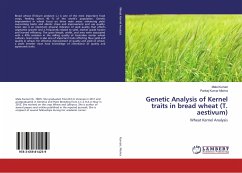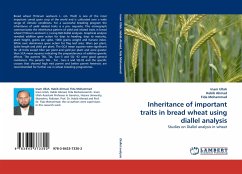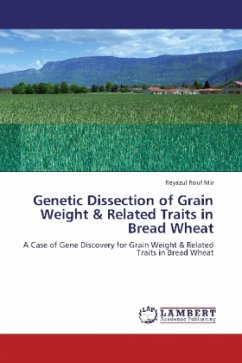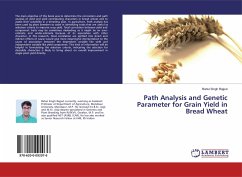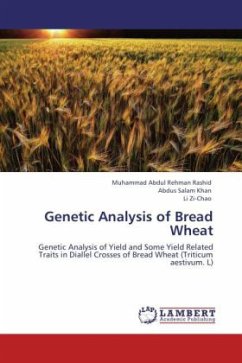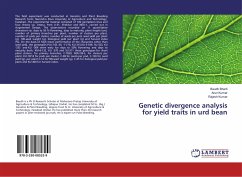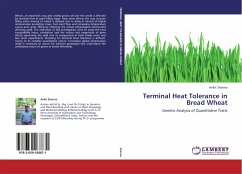Bread wheat (Triticum aestivum L.) is one of the most important food crops, feeding about 40 % of the world's population. Genetic improvement in wheat focus on three main areas: enhancing yield, overcoming biotic and abiotic stress and improvement end use quality. Grain size is an important physical indicator of seed quality that affects vegetative growth and is frequently related to yield, market grade factors and harvest efficiency. The grain length, width, and area were associated with a 40% variation in the milling quality of Australian winter wheat cultivars. Grain color is also one of important traits affecting flour yield and quality in wheat. For effective improvement of quality and yield of wheat, a plant breeder must have knowledge of inheritance of quality and agronomic traits.
Bitte wählen Sie Ihr Anliegen aus.
Rechnungen
Retourenschein anfordern
Bestellstatus
Storno

